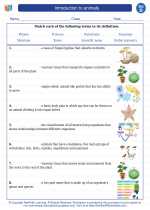Gas Giants
Gas giants are large planets that are mainly composed of gases such as hydrogen and helium, with relatively small solid cores. The four gas giants in our solar system are Jupiter, Saturn, Uranus, and Neptune. These planets are very different from the terrestrial planets like Earth and Mars.
Characteristics of Gas Giants
Gas giants are characterized by their massive size, thick atmospheres, and lack of a solid surface. They have strong gravitational forces and are often accompanied by a system of moons and rings. The gas giants are also known for their turbulent atmospheres, featuring high-speed winds and massive storms.
Jupiter
Jupiter is the largest planet in our solar system. It has a banded appearance due to its swirling clouds of gas and a prominent storm known as the Great Red Spot. Jupiter has a strong magnetic field and a large number of moons, including the four largest moons known as the Galilean moons.
Saturn
Saturn is known for its spectacular ring system, which is made up of ice particles and rocky debris. It is the second-largest planet in our solar system and has a complex, banded atmosphere similar to Jupiter's. Saturn also has numerous moons, with Titan being the largest and most well-studied moon.
Uranus
Uranus is unique among the gas giants because it rotates on its side, likely due to a past collision with a large celestial object. It has a pale blue-green color due to the presence of methane in its atmosphere. Uranus has a system of faint rings and is accompanied by a collection of moons.
Neptune
Neptune is the farthest gas giant from the Sun and is known for its deep blue coloration. It has the most powerful winds in the solar system, with speeds reaching up to 1,500 miles per hour. Neptune has a system of rings and a diverse array of moons, the largest of which is Triton.
Study Guide
- What are gas giants?
- Identify the four gas giants in our solar system.
- Describe the characteristics of gas giants.
- Explain the unique features of each gas giant in our solar system.
- Compare and contrast the gas giants with the terrestrial planets.
[Gas Giants] Related Worksheets and Study Guides:
.◂Science Worksheets and Study Guides Fourth Grade. Introduction to animals

 Worksheet/Answer key
Worksheet/Answer key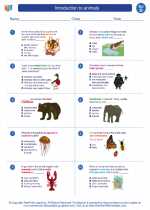
 Worksheet/Answer key
Worksheet/Answer key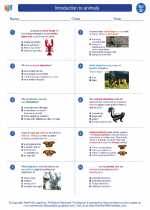
 Worksheet/Answer key
Worksheet/Answer key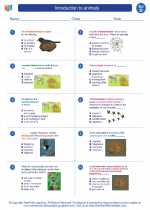
 Vocabulary/Answer key
Vocabulary/Answer key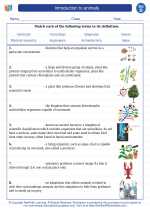
 Vocabulary/Answer key
Vocabulary/Answer key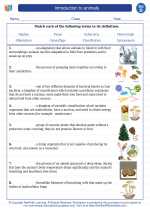
 Vocabulary/Answer key
Vocabulary/Answer key
 Vocabulary/Answer key
Vocabulary/Answer key